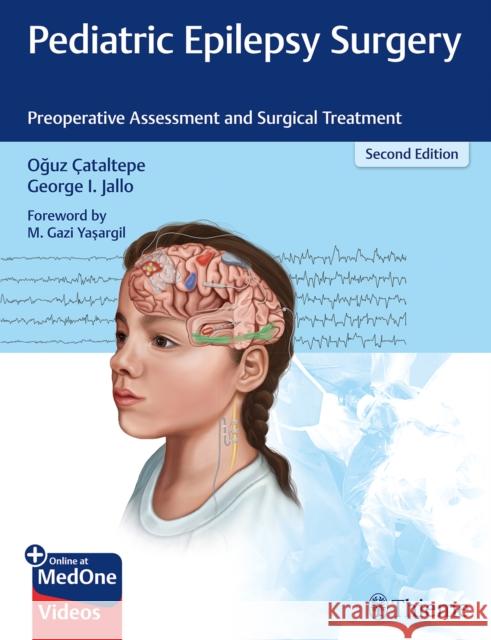Pediatric Epilepsy Surgery: Preoperative Assessment and Surgical Treatment » książka
topmenu
Pediatric Epilepsy Surgery: Preoperative Assessment and Surgical Treatment
ISBN-13: 9781626238169 / Angielski / Twarda / 2019 / 721 str.
Kategorie BISAC:
Wydawca:
Thieme Medical Publishers
Język:
Angielski
ISBN-13:
9781626238169
Rok wydania:
2019
Ilość stron:
721
Waga:
2.56 kg
Wymiary:
28.45 x 22.35 x 4.06
Oprawa:
Twarda
Wolumenów:
01
Dodatkowe informacje:
Bibliografia
Wydanie ilustrowane
Wydanie ilustrowane











